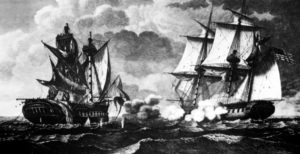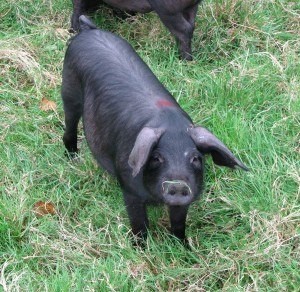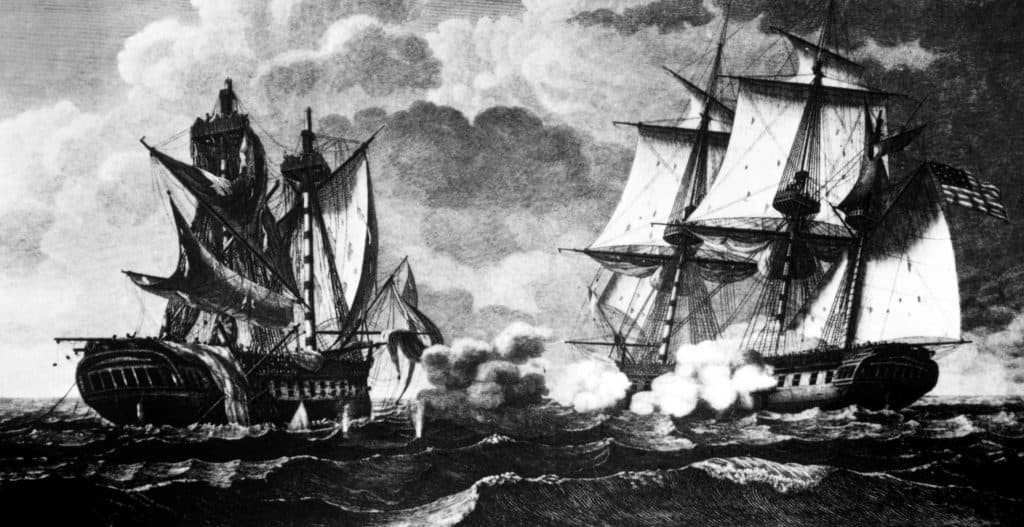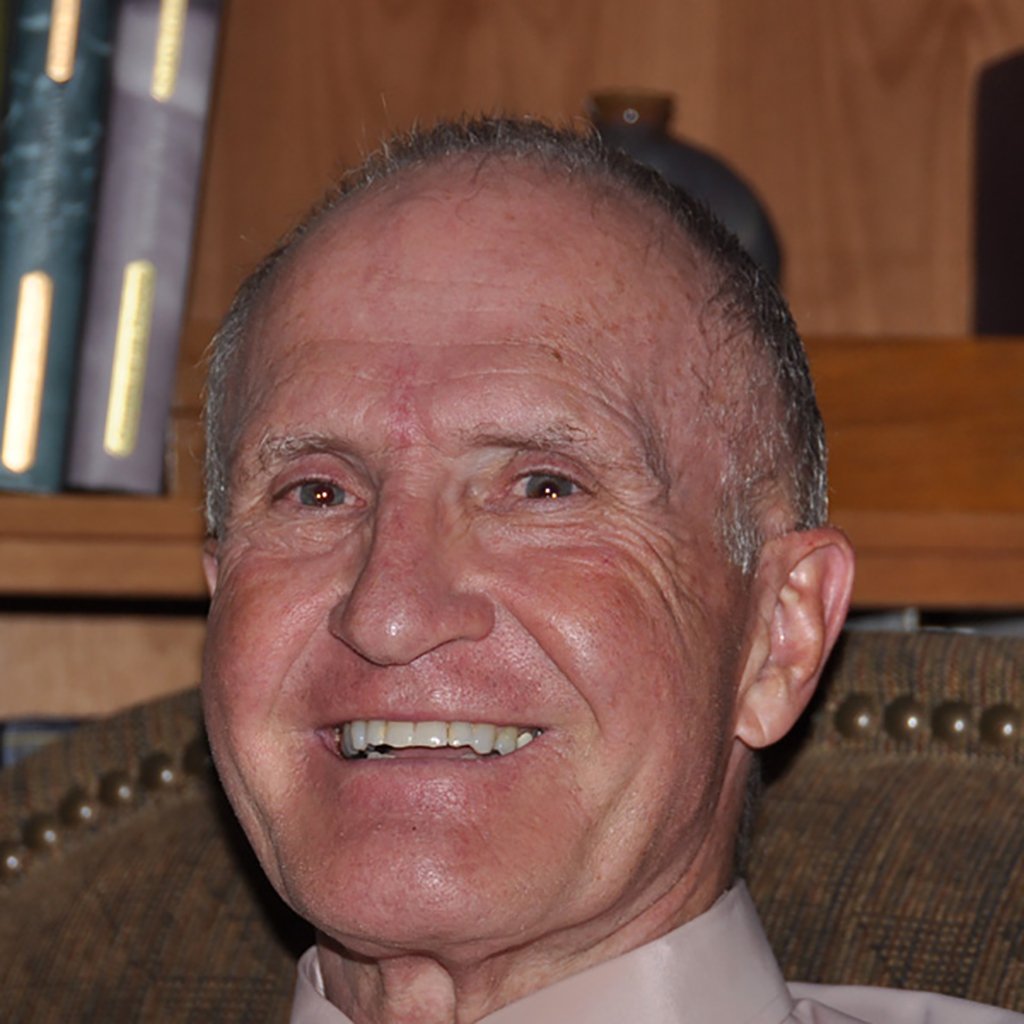Article V. Three British Wars with Funny Names and Some Importance
The Pig War:


The Pig War’ is perhaps one of the deservedly most obscure and unusual wars in history. In 1846, the Oregon Treaty was signed between the US and Britain. The treaty aimed to put to rest a long-standing border dispute between the US and British North America [later to be Canada], specifically relating to the land between the Rocky Mountains and the Pacific coastline. The Oregon Treaty stated that the US / British American border be drawn at the 49th parallel, a division which remains today. The process was basically straightforward and free of rancor. But, the situation because slightly more complicated when it came to a set of islands situated to the south-west of Vancouver.
Around this region the treaty stated that the border be through “the middle of the channel separating the continent from Vancouver’s Island.” That was easier said than done: simply drawing a line through the middle of the channel was always going to be difficult due to the awkward positioning of the islands and perhaps the shifts in the channel’s width.
One of the largest and most important islands in this area–San Juan Island—was of notable significance due to its strategic position at the mouth of the channel. As such, both the US and the UK claimed sovereignty of the island and citizens from both countries began to settle there. By 1859, the British had a significant presence on the island, bolstered with the recent arrival of the Hudson’s Bay Company who had set up a salmon-curing station and a sheep ranch on the island. Meanwhile, a contingent of between twenty to thirty US settlers had also recently arrived on the island and made it their home.
Unexpectedly–judging by reports of the time–both sets of islanders actually got along rather well. However, on June 15, 1859, a pig belonging to the British accidentally wandered onto the land of Lyman Cutlar, an American farmer, and became the source of a British/American War. When Cutlar noticed the pig eating some of his potatoes, he was incensed; and in a fit of rage, he shot and killed the pig.
The pig was actually owned by a British employee of the Hudson’s Bay Company, Charles Griffin. Griffin owned quite a few pigs and was well known for letting them roam freely across the island, and this was probably not the first time that one of them had trotted onto Cutlar’s land.
When Griffin found out about the death of the pig, he went to confront Cutlar.
According to some rather sketchy reports, the conversation went something as follows:
Cutlar: “…but it was eating my potatoes!”
Griffin: “Rubbish. It’s up to you to keep your potatoes out of my pig”.
Cutlar did offer to pay Griffin a sum of $10 in compensation for the dead pig, but this was refused. Instead, Griffin reported Cutlar to the local British authorities who threatened to arrest him, much to the anger of the local American citizens who subsequently drew up a petition requesting US Military protection. Not that anyone might consider such a request as a bit more consequential than the issue of the pig warranted.
The petition was received by General William S. Harney, the commander of the Department of Oregon. Harney’s anti-British views were well known at the time, and without as much as a second thought Harney sent a 66-man company of the US 9th infantry to San Juan on July 27, 1859. Well, perhaps, the issue was more important than one might be inclined to think.
Upon hearing of the news of the US invasion, James Douglas, the governor of British Columbia, promptly sent three British warships to the area as a show of force. During the following month there was a stand-off, with both sides slowly increasing their military presence—an escalating stalemate something akin to that seen in the Vietnam War between Americans and South Vietnamese versus the Viet Cong and North Vietnamese regular army a century or so later [1968-1973] but on a lesser scale. On San Juan, the 9th infantry refused to budge, even though they were massively outnumbered.
It was not until the arrival of Admiral Robert L. Baynes Commander-in-Chief of the British Navy in the Pacific, that things began to change in a more logical direction. When he finally arrived, British Governor James Douglas ordered Adm. Baynes to land his troops on San Juan Island and to engage the US 9th infantry.
Baynes refused, stating laconically that he would not “involve two great nations in a war over a squabble about a pig”.
By that time, word reached both Washington and London about the escalating crisis. Officials on both sides of the Atlantic were shocked that a dispute over a pig had grown into a stand off involving as many as 3 warships, 84 guns and over 2,600 men. Concerned that this was likely to escalate even further, both sides quickly began negotiations, eventually deciding that both the US and Britain should maintain a presence of no more than 100 men each on the island until a formal agreement could be met.
So, the British set up camp on the north of the island, with the Americans being based on the south of the island. It was not until 1872—thirteen years later–that an international commission led by Kaiser Wilhelm I of Germany decided that the island should fall entirely under American control, and as such the dispute was finally laid to rest. There were no casualties, unless one counts the murdered pig.
Today, both the British and American camps can still be visited in the San Juan Island National Historical Park. Interestingly, this is the only place in a US national park where a foreign flag is regularly hoisted over US soil, and both the flag and the flagpole were provided by the British government as a sign of friendship.


